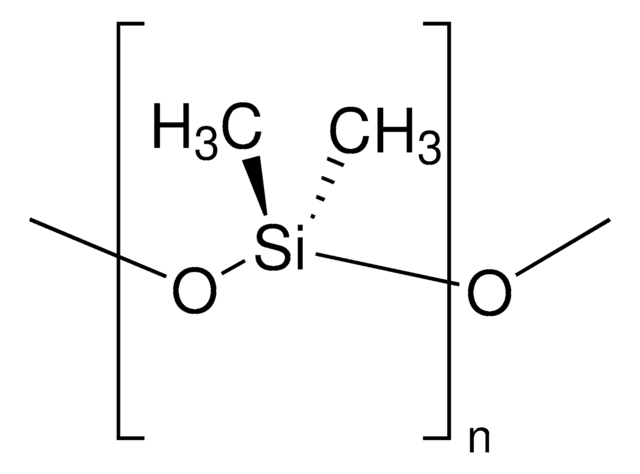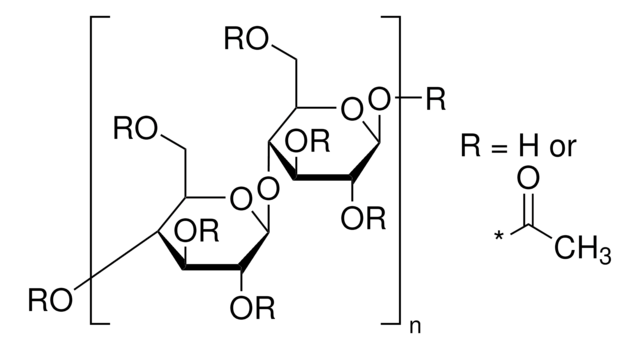209317
Copper chromite
Synonym(s):
Copperchromium oxide
Sign Into View Organizational & Contract Pricing
All Photos(3)
About This Item
Linear Formula:
2CuO · Cr2O3
CAS Number:
Molecular Weight:
311.08
MDL number:
UNSPSC Code:
12352302
PubChem Substance ID:
EC Index Number:
2346346
NACRES:
NA.23
grade:
for analytical purposes
form:
powder
Recommended Products
grade
for analytical purposes
form
powder
application(s)
battery manufacturing
SMILES string
O=[Cu].O=[Cr]O[Cr]=O
InChI
1S/2Cr.Cu.4O
InChI key
FULFYAFFAGNFJM-UHFFFAOYSA-N
Related Categories
General description
Copper chromite is a black powder and inorganic pigment thatadopts a spinel crystal structure. It can be made by the high-temperaturecalcination of copper(II) oxide and chromium(III) oxide or the thermaldecomposition of copper chromate, which evolves oxygen at higher temperaturesand decomposes to copper chromite.
Application
Copper chromite is primarily used as a catalyst for hydrogenation reactions because of its ability to hydrogenate functional groups in aliphatic and aromatic compounds selectively. Industrially, copper chromite is used to reduce furfural to furfuryl alcohol and butyraldehyde to 1-butanol,partially reduce conjugated dienes to monoenes, and selectively reduce carbonyl groups in vegetable oils. This CuCr catalyst is studied for a variety of catalytic applications including converting the hydrogenolysis of cellulose.It is also used as a catalyst for combustion to help control burn rate and as alight-absorbing pigment. Copper chromite/graphene oxide nanocomposite canbe used in energy storage applications.
signalword
Danger
hcodes
Hazard Classifications
Aquatic Acute 1 - Aquatic Chronic 1 - Ox. Sol. 2 - STOT SE 3
target_organs
Respiratory system
Storage Class
5.1B - Oxidizing hazardous materials
wgk_germany
WGK 3
flash_point_f
Not applicable
flash_point_c
Not applicable
ppe
dust mask type N95 (US), Eyeshields, Faceshields, Gloves, type P3 (EN 143) respirator cartridges
Choose from one of the most recent versions:
Already Own This Product?
Find documentation for the products that you have recently purchased in the Document Library.
Deactivation mechanistic studies of copper chromite catalyst for selective hydrogenation of 2-furfuraldehyde.
Liu D, et al.
J. Catal., 299, 336-345 (2013)
Maura Koehle et al.
ChemSusChem, 10(1), 91-98 (2016-12-13)
A four-step catalytic process was developed to produce p-methylstyrene from methylfuran, a biomass-derived species. First, methylfuran was acylated over zeolite H-Beta with acetic anhydride. Second, the acetyl group was reduced to an ethyl group with hydrogen over copper chromite. Third
Our team of scientists has experience in all areas of research including Life Science, Material Science, Chemical Synthesis, Chromatography, Analytical and many others.
Contact Technical Service









